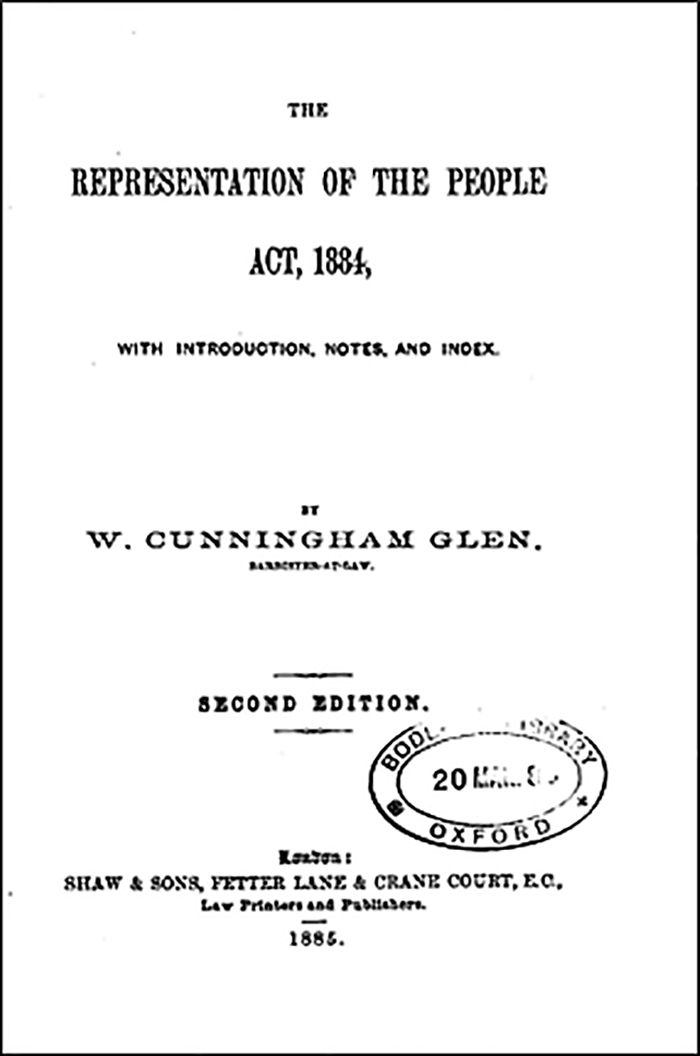Guest of honour
Beyond the guests shown at this dinner table, a further long list of notables was invited to meet Gladstone during his short stay with the Aberdeens. Indeed, Gladstone’s visit was a huge social event.
The Painting
Dinner at Haddo House, 1884 is a medium-sized oil on canvas painting (36.2cm x 57.8cm). It was first exhibited in London in April 1890. Lady Aberdeen’s daughter (Lady Pentland) donated it to the National Portrait Gallery in 1953. In 2015, the painting was on loan to the Trust – and we think this could be the first time it has ever been shown at Haddo.
The Artist
Alfred Edward Emslie (1848–1918) was born in London into a family of artists, and we think he lived there all his life. We do not know for sure if he ever visited Haddo as it is quite possible that he painted the picture some years after the event using photographs and sketches. We know that he sketched Lady Aberdeen and the two main men in view, Gladstone and Lord Rosebery, in the winter of 1889–90, perhaps in preparation for this larger painting.
A Guest of Honour
Prime Minister Gladstone was the guest of honour at Haddo House from 15–17 September 1884. His bill, the Representation of the People Act, had been rejected by the House of Lords so he was on a month-long tour of Scotland to gather popular support. The tour was a triumph, and Gladstone successfully got the bill passed through parliament in December 1884.
What was Gladstone's Bill?
Prior to the 1830s, only a privileged few in society were entitled to vote. The Representation of the People Act (1884) was revolutionary in its day. Gladstone’s success with this Bill was a huge achievement. It had taken years of battling with opposition politicians, many of whom were fiercely opposed to any reforms.

This was the third of a series of reforms that together transformed UK democracy. It extended the franchise to working men living outwith towns and gave the vote to nearly 6 million more people. There was a long way to go to reach the universal suffrage we have today. Until 1918 this still left 40% of men (mainly poor or working class) without the vote. It took until 1928 for women to be granted equal representation. And the story continues as we discuss extending voting rights to 16 and 17 year olds.
A Warm Welcome
On arrival, Gladstone was met at the estate boundary by 220 men on horseback from the tenantry. They escorted his carriage up to the house through temporary decorative arches and banners. The Aberdeen Weekly Journal reported: ‘the procession, although imposing in its way, had its ludicrous side’. Thousands of people gathered at Haddo House throughout the day, picnicking and wandering through the grounds. The house servants, numbering around 100, also gathered to meet Gladstone. Speeches were delivered by a representative of the servants, the oldest tenant on the estate and finally the Prime Minister himself in reply. It was after 7 o’clock before the party could retire for dinner.
The Dinner
Looking in more detail at the painting, we can see that Emslie has portrayed the dinner nearing its end: port glasses remain but not much else of the meal is visible. The table is strewn with golden autumnal leaves. This may be a reference to the fact that Gladstone had congratulated the tenant farmers on the autumn harvest he had witnessed whilst travelling through the estate. The candelabra in the painting can still be seen at Haddo and the room itself is little changed.
An Occasion to Remember
The following day, Aberdeen photographer George Washington Wilson took an official group photo – unfortunately, we have been unable to track this down. Gladstone also officially opened a training school for girls in Methlick which had been started by Lady Aberdeen. Another grand dinner was held that evening. We cannot be certain which dinner Emslie painted – it may be an amalgamation of the two. Finally, on the day of his departure, Gladstone planted a tree to commemorate his visit. It can still be seen in the grounds today.
This group portrait was taken at a later meeting at the Aberdeen’s London residence, Dollis Hill in 1888 – Clockwise from left Mrs Gladstone, Lord Aberdeen, Gladstone, Henry Drummond, Lady Aberdeen. © National Portrait Gallery, London
Explore Haddo House
Visit nowStay in touch
Be the first to hear about our latest news, get inspiration for great days out and learn about the work we do for the love of Scotland.